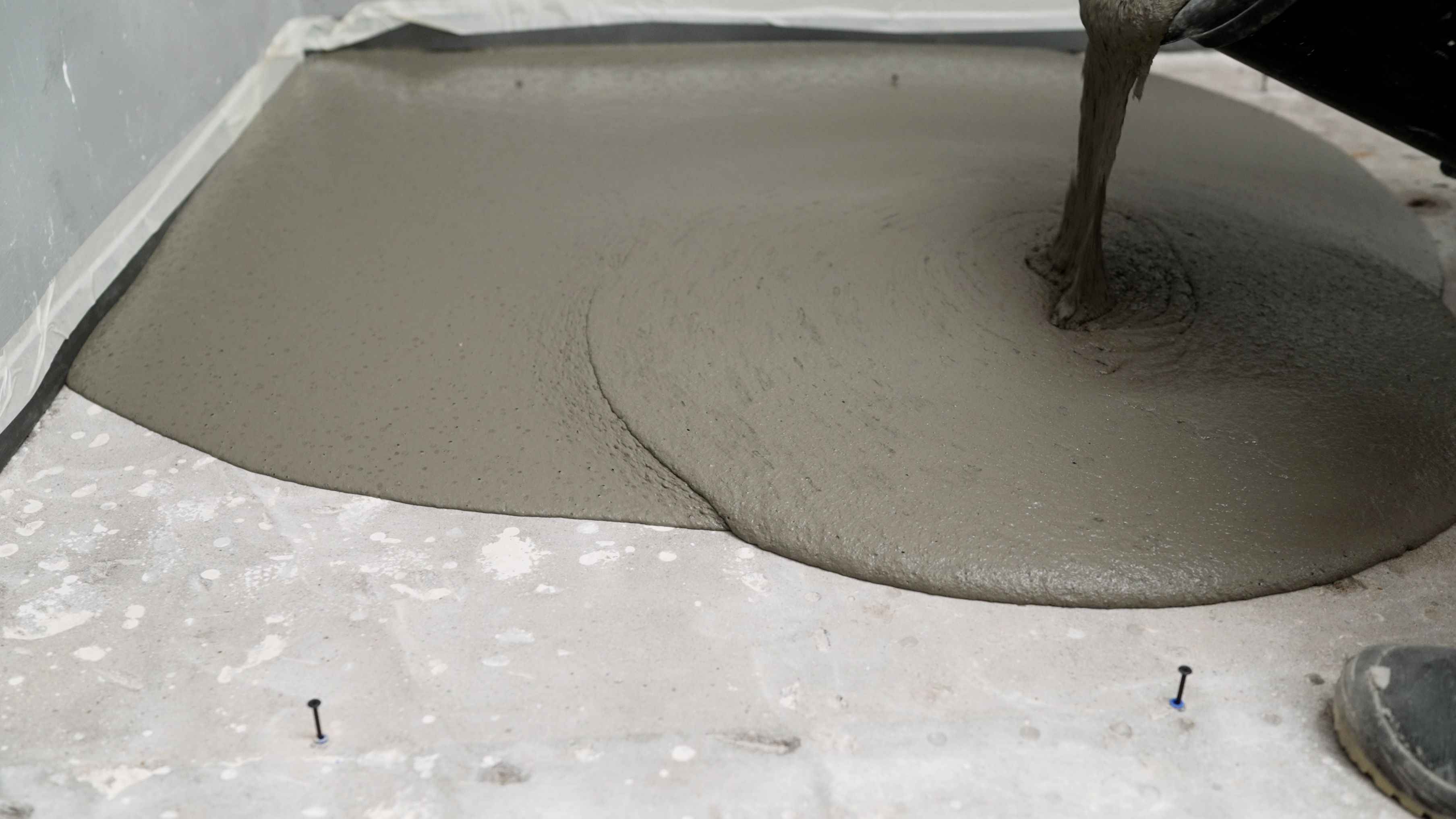Controlled Low Strength Material (CLSM)
In modern construction, control low strength material (CLSM) is recognised as essential material because of flowable concrete or low- strength features. It combines the advantages of traditional concrete with innovative features that simplify processes, reduce costs, and enhance efficiency. In this blog, we will explore the definition, purpose, mix formulation, cost benefits, and diverse applications of CLSM, highlighting its pivotal role in RMC for commercial construction.

Definition:
CLSM is a self-compacting, flowable material that offers low strength compared to conventional concrete. It is specifically designed for non-structural applications where strength requirements are minimal. The compressive strength of CLSM typically ranges from 0.3 MPa to 8.3 MPa, making it easy to excavate when necessary. Unlike conventional concrete, which often requires mechanical compaction, CLSM can flow effortlessly into tight spaces, making it an ideal choice for areas where accessibility is a challenge.
Purpose:
The primary purpose of CLSM is to provide a reliable, cost-effective backfill or fill material for various construction needs. It is widely used as an alternative to compacted soil or granular fill in:
- Utility bedding and encasements
- Backfilling trenches
- Roadway subbase and subgrade
- Void filling in abandoned structures or pipelines Additionally, CLSM’s flowable concrete properties significantly reduce labor and equipment requirements, making the CLSM construction process efficient and hassle-free.
How mix formulate:
A typical CLSM mix includes:
- Cement: Ordinary Portland Cement (OPC) is commonly used.
- Fine Aggregate: Sand or similar materials provide the necessary consistency.
- Fly Ash or Other Supplementary Materials: These materials enhance flowability and reduce cost.
- Water: Adequate water ensures self-leveling properties.
- Chemical Admixtures: Optional additives like superplasticizers or retarders can be used to tailor the mix for specific applications. The formulation is flexible, allowing engineers to adjust the mix based on project requirements, such as achieving a specific flowability or compressive strength.
Cost benefits:
One of the standout advantages of CLSM is its cost-effectiveness. Here’s why:
- Reduced Labor Costs: The flowable nature of CLSM eliminates the need for mechanical compaction, significantly reducing manual effort.
- Faster Placement: Its self-leveling properties allow for quick and efficient placement, speeding up project timelines.
- Reuse Potential: CLSM can be easily excavated and reused, reducing material wastage.
- Minimal Equipment Use: Unlike traditional methods, no heavy compaction machinery is needed. In the long run, these factors lead to substantial savings, especially for large-scale projects involving RMC for commercial construction.
Area of uses:
CLSM is versatile and adaptable, finding applications in a wide range of construction scenarios:
- Utility Trenches: Ideal for bedding and encasing pipes, cables, or conduits, ensuring protection and support.
- Backfilling: Used to fill trenches, shafts, and other voids without requiring compaction.
- Road Construction: Functions as a reliable subbase or subgrade material, ensuring durability and stability.
- Void Filling: Fills abandoned pipelines, mine shafts, or structural voids, ensuring safety and stability.
- Foundation Support: Provides a stable base for non-load-bearing structures. In modern commercial projects, Ready Mix Concrete (RMC) has revolutionized the construction industry, and CLSM is no exception. Prefabricated CLSM mixes delivered via RMC plants ensure consistent quality, easy application, and on-time delivery. This makes it an ideal choice for large-scale commercial projects where precision and efficiency are paramount.
Conclusion Controlled low strength material (CLSM) is a game-changer in the construction industry, offering a sustainable, cost-effective, and versatile solution for various applications. Its flowable concrete properties simplify construction processes, reduce costs, and enhance project timelines, making it an invaluable asset for RMC for commercial construction. As the demand for innovative and efficient materials grows, CLSM continues to pave the way for smarter construction practices, reshaping how we approach modern infrastructure development.